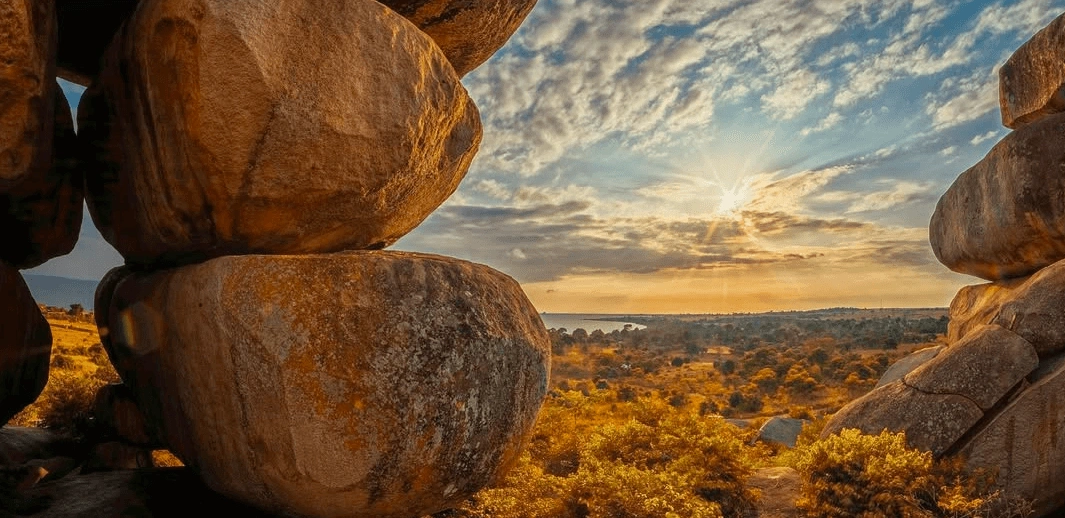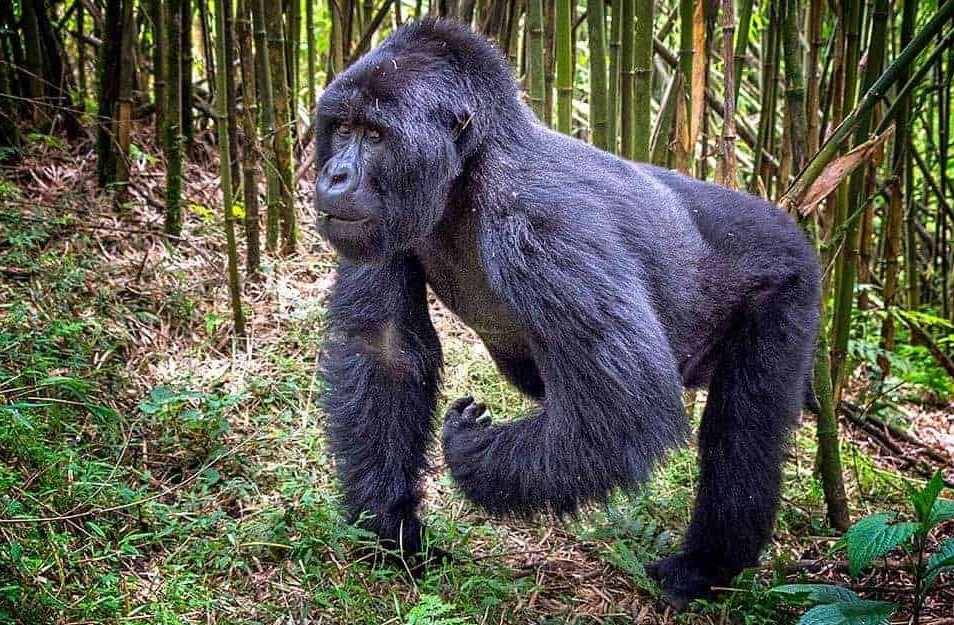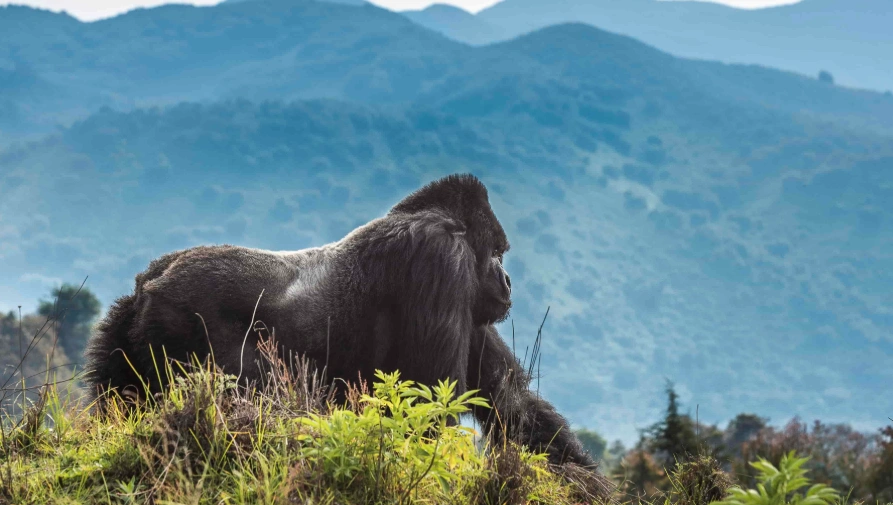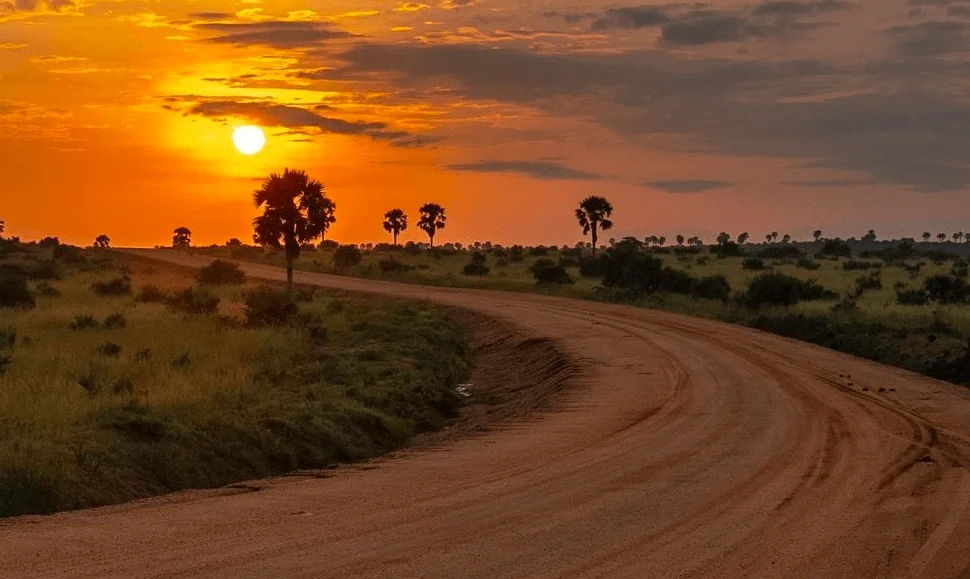Some places in Uganda don’t need to shout. They don’t fight for your attention with billboards or glossy magazine spreads. They wait—quietly—off the main roads and outside the thick folds of typical safari itineraries. And when you find them, they stay with you.
Uganda’s big hitters—Bwindi, Queen Elizabeth, Murchison—are extraordinary, but there’s more here. Spaces that aren’t polished for crowds. Places that don’t care whether you show up.
If you only chase the highlights, you risk missing the pulse of the place.
Key Takeaways
- Uganda’s hidden safari gems offer raw beauty, cultural depth, and wildlife encounters away from the crowds.
- Some of the most rewarding experiences lie in places travelers often skip.
- These sites can add nuance and texture to your safari—especially if you value silence, space, and stories that rarely make the brochures.
- They’re accessible enough to weave into custom safaris, without losing their sense of remoteness.
There’s a kind of tourism that rushes. It hops from one ‘must-see’ to the next, stacking photos and ticking boxes. But Uganda resists that pace. Its hidden places don’t perform for tourists. They ask you to slow down and actually pay attention.
These are the places where you won’t need to queue for a view. You won’t need to ‘capture’ them. You just have to be there.
Let’s step off the usual track.
Pian Upe Wildlife Reserve
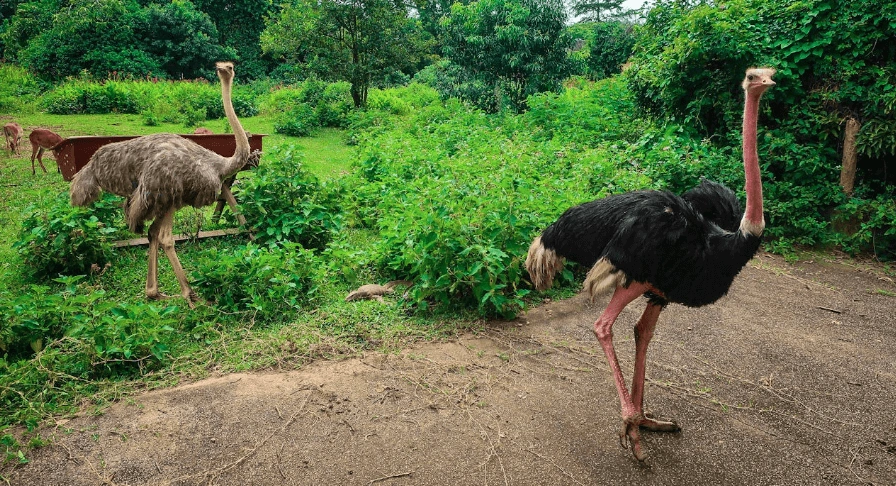
Out in the Karamoja plains, Pian Upe’s beauty is in its absence of spectacle. There are no traffic jams of safari vans here. No souvenir shops. Just wild savannah, volcanic outcrops, and the rare chance to track cheetahs in one of Uganda’s most open, unguarded landscapes.
It’s not packaged. It’s not crowded. It feels how wilderness should feel.
For more on Uganda’s antelope species like the Uganda kob, see Antelopes in Uganda and Where to See Them.
Sipi Falls
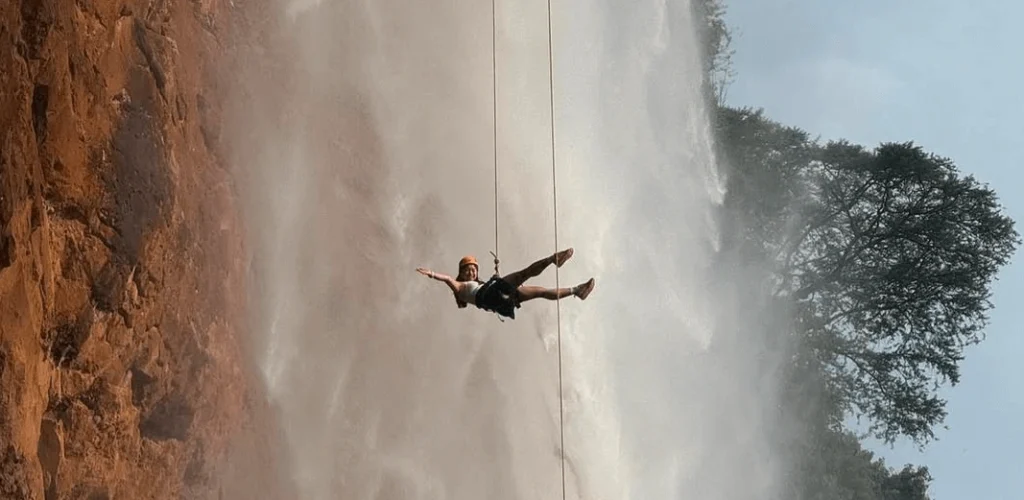
Many travelers see Sipi as just a photo stop—a waterfall you can ‘do’ in an afternoon. But that’s a shallow read of the place.
Sipi Falls isn’t just about the falls—it’s about the climb, the mist on your face, the sharp smell of wet rock. It’s about walking through coffee plantations on the slopes of Mount Elgon, and sitting with farmers who still roast their beans over firewood.
The local guides here carry stories that don’t make the guidebooks. Ask them about the legends tied to these cliffs. Let them lead you to the lesser-known trails.
Semuliki National Park
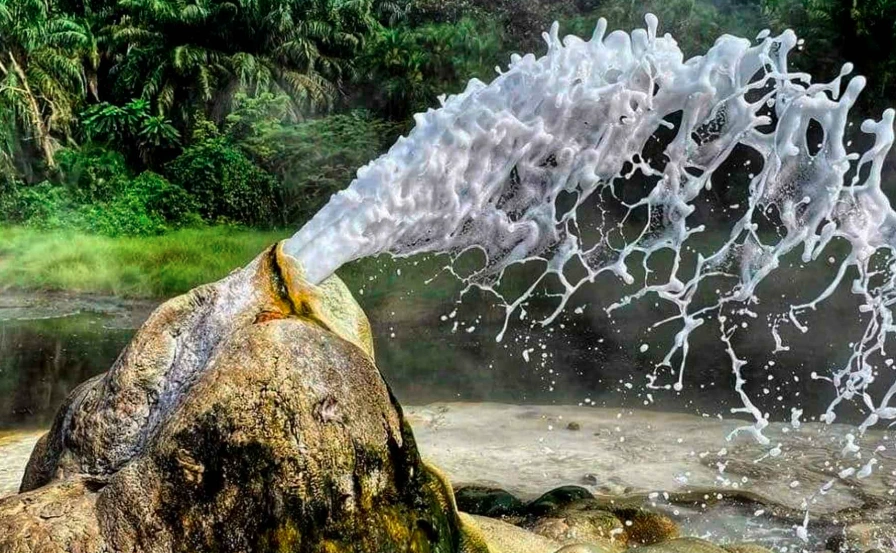
Semuliki doesn’t dress itself up. Its flooded forests, swampy tracks, and bubbling hot springs can feel unruly, but that’s the point.
This isn’t a park that guarantees sightings. It demands patience. And in return, it offers forest elephants, rare monkeys like the De Brazza’s, and birds found nowhere else in East Africa.
It’s a place that resists the neat safari narrative—and quietly rewards those who stay.
See Primates in Uganda Beyond Gorillas and Chimps for species found in Semuliki.
Amabere Ga Nyinamwiru Caves
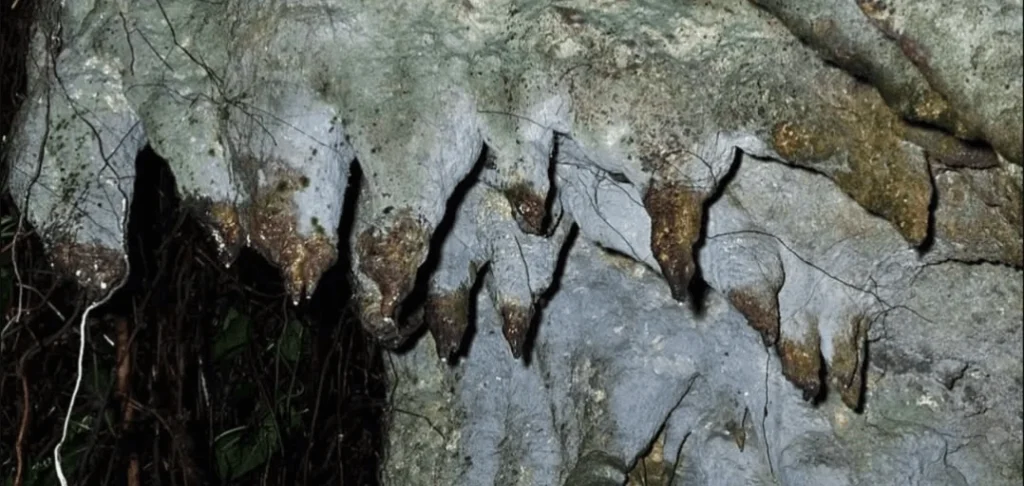
The caves of Amabere Ga Nyinamwiru drip with more than just mineral-laden water—they drip with legend.
According to local lore, the stalactites are the petrified breast of a princess cursed to lose her child. Whether you come for the geology or the myth, the caves invite a slower, more reflective kind of exploration.
The nearby waterfalls and crater lakes give the area a layered beauty—where the lines between landscape and story blur.
Nyero Rock Paintings
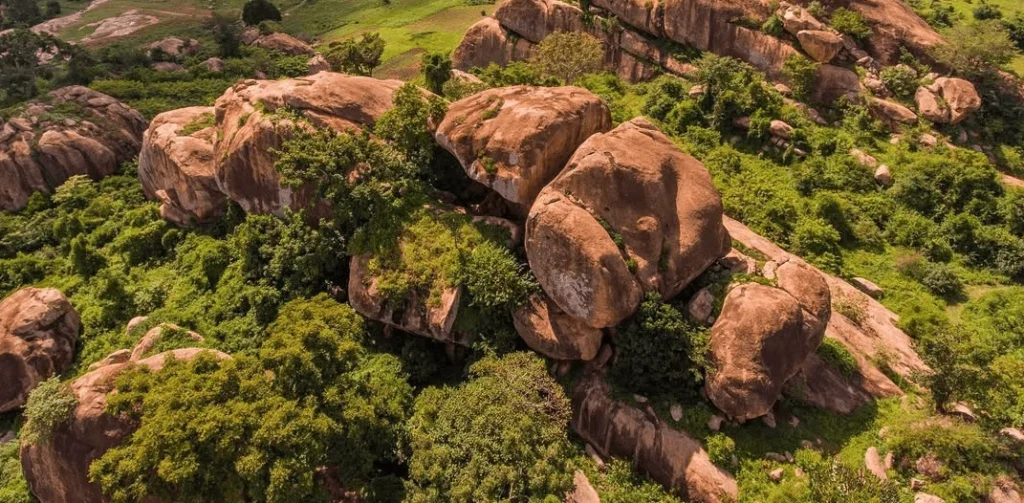
Near Kumi, Nyero’s ancient rock art whispers from the past. These ochre paintings, believed to be over 3,000 years old, speak to a time before modern borders and religions sliced up the region.
The site isn’t manicured. It’s simple. Quiet. You can run your hands over the stone and trace the shapes that early humans left behind—circles, animals, hunting scenes—fragile, but still visible.
The paintings don’t shout for attention. But they pull you in, if you’re willing to stop and really look.
Read more on the preservation of Nyero Rock Art from UNESCO’s tentative heritage list.
Mabamba Swamp
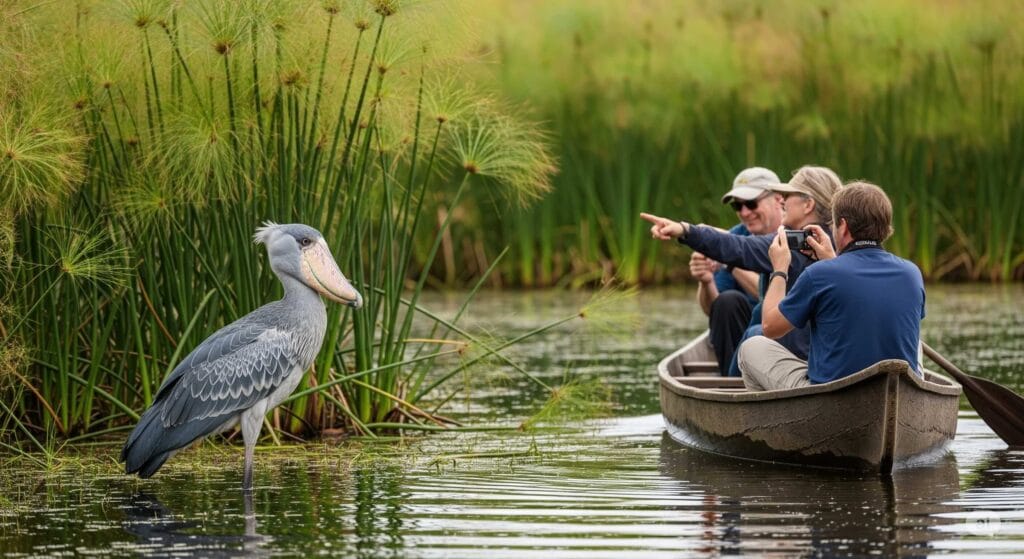
Mabamba is where the chase slows down. Just a short boat ride from Entebbe, this wetland is the quiet stage for one of Africa’s most unusual birds—the shoebill.
Gliding through the papyrus in a canoe, you search not for the drama of lions, but for the slow, patient rise of the shoebill’s prehistoric head above the reeds. No engines roaring. No crowds pushing.
Just the sound of your guide’s paddle and the chance of a fleeting moment.
Plan your Mabamba Swamp birding safari with our one-day tour.
See this BirdLife International profile on the conservation status of the shoebill.
Ziwa Rhino Sanctuary
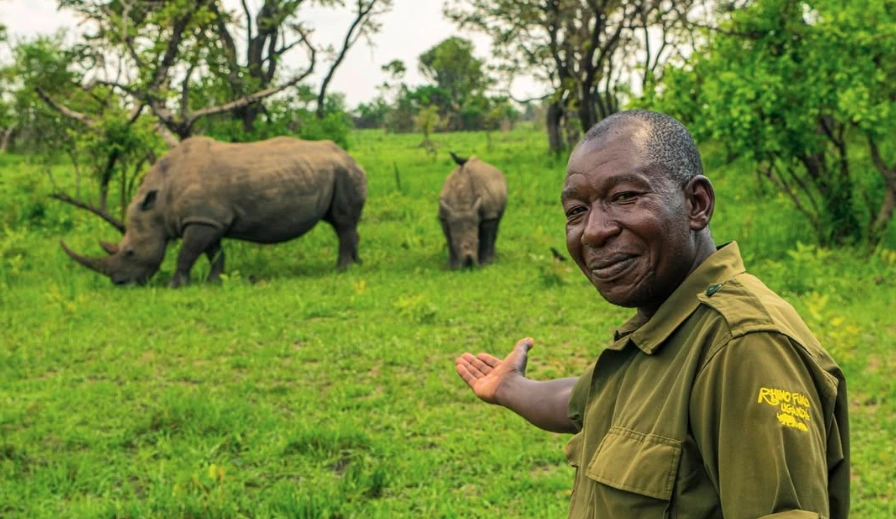
Ziwa is often seen as a stopover. A tick on the checklist. But walking through the bush, tracking white rhinos on foot, forces you to slow your pulse and lean into the silence.
It’s also one of Uganda’s most critical conservation efforts—part of the project to return rhinos to the wild after they were wiped out by poaching in the 1980s.
Ziwa isn’t about chasing rhinos—it’s about giving them a future.
Learn more about Responsible Travel in Uganda and why places like Ziwa matter.
Dive deeper into Uganda Wildlife Authority’s rhino conservation work.
Dolwe Island
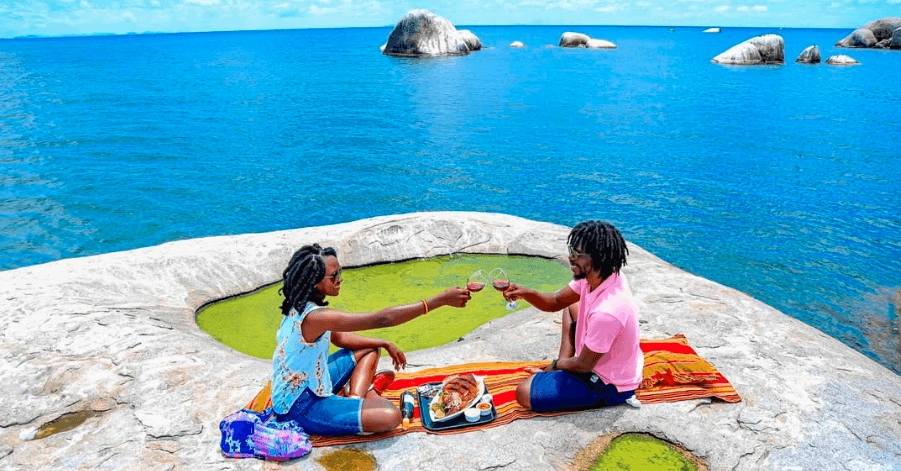
Far out on Lake Victoria, Dolwe Island is scattered with ancient rock art and enormous boulders that seem almost deliberately placed. It’s remote, raw, and almost entirely off the tourist radar.
Dolwe isn’t polished for visitors. It’s quiet. The fishing villages here move to their own rhythm, and the island’s sacred sites carry stories that predate most written history.
Reaching Dolwe takes time. Staying there requires curiosity.
But sometimes the best places do.
The Footprint of Walumbe and Kayikuzi
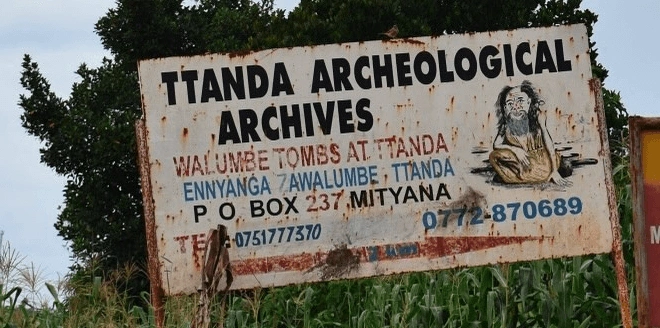
In Ugandan oral history, Walumbe (the personification of death) and Kayikuzi (his brother, the hunter) are locked in an eternal chase. In Namasagali, there’s a place where locals say Walumbe’s footprint remains pressed into the stone.
It’s a simple mark—easy to miss—but it sits at the crossroads of myth and landscape.
Most safari itineraries ignore places like this because they’re not ‘sightings’ in the classic sense. But they carry cultural weight. They remind us that the land holds more than animals and views—it holds memory.
Idi Amin’s Torture Chambers at Lubiri Palace
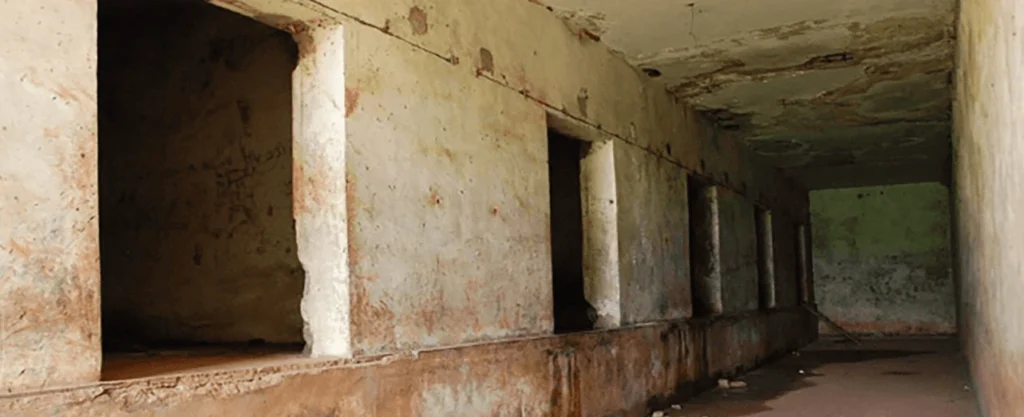
Not all hidden places are beautiful.
The underground torture chambers at Lubiri Palace in Kampala are a grim reminder of Uganda’s brutal history under Idi Amin. Stepping into these dark, concrete rooms forces you to confront the shadow side of the country’s story.
Too often, safari narratives sanitize Uganda—turning it into a parade of animals and sunsets. But travel that seeks depth must also make space for uncomfortable truths.
Lubiri Palace isn’t an easy visit, but it’s an essential one.
If you’re ready to craft a safari that goes deeper- one that leaves room for Uganda’s quieter treasures, request a quote and we’ll help you build it.
FAQ
Are these hidden gems safe and accessible?
Most are safe with proper local guidance. Some, like Dolwe Island and Pian Upe, are remote and require careful planning, but our team can arrange reliable access.
How can I include these sites in my safari?
They can be woven into custom routes. Some, like Sipi Falls and Mabamba Swamp, pair easily with popular parks. Others, like Dolwe Island, are best suited for longer, more adventurous itineraries.
Do these places require special permits?
Not usually. Some, like Ziwa Rhino Sanctuary and Mabamba Swamp, have entrance or activity fees. Sites like Nyero Rock Paintings and Lubiri Palace may have small local fees or guide charges.
Why aren’t these sites more popular?
Many fall outside mainstream marketing. Some are harder to reach, while others don’t fit the fast-paced ‘big five’ safari narrative. But their very obscurity is what makes them so valuable.
Is it worth trading big game parks for these hidden places?
It doesn’t have to be a trade. Combining classic parks with hidden gems creates a richer, more balanced safari—one that offers both iconic wildlife and quiet cultural depth.

